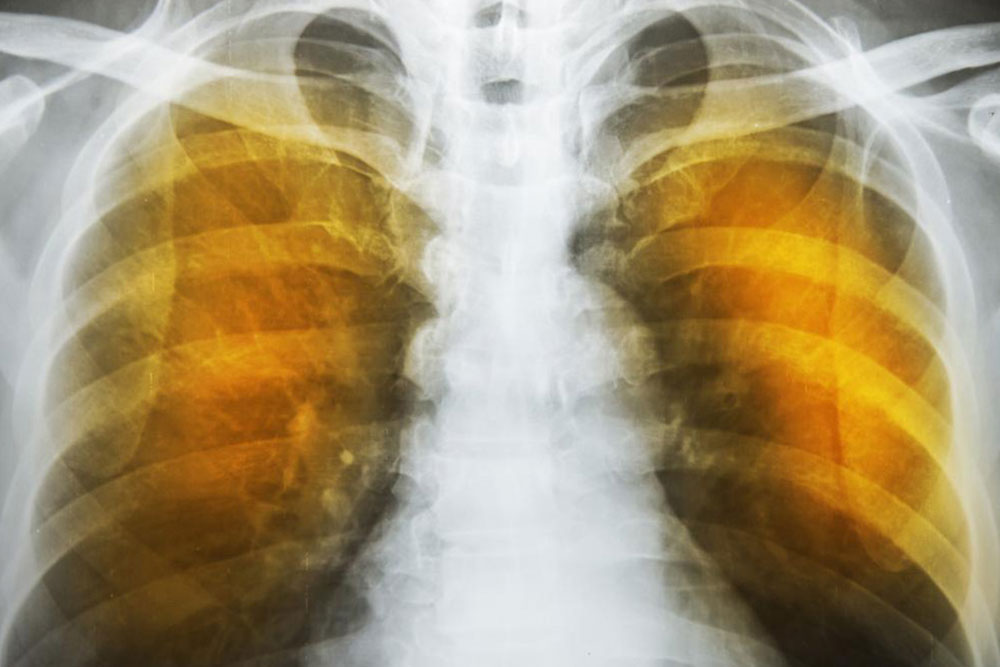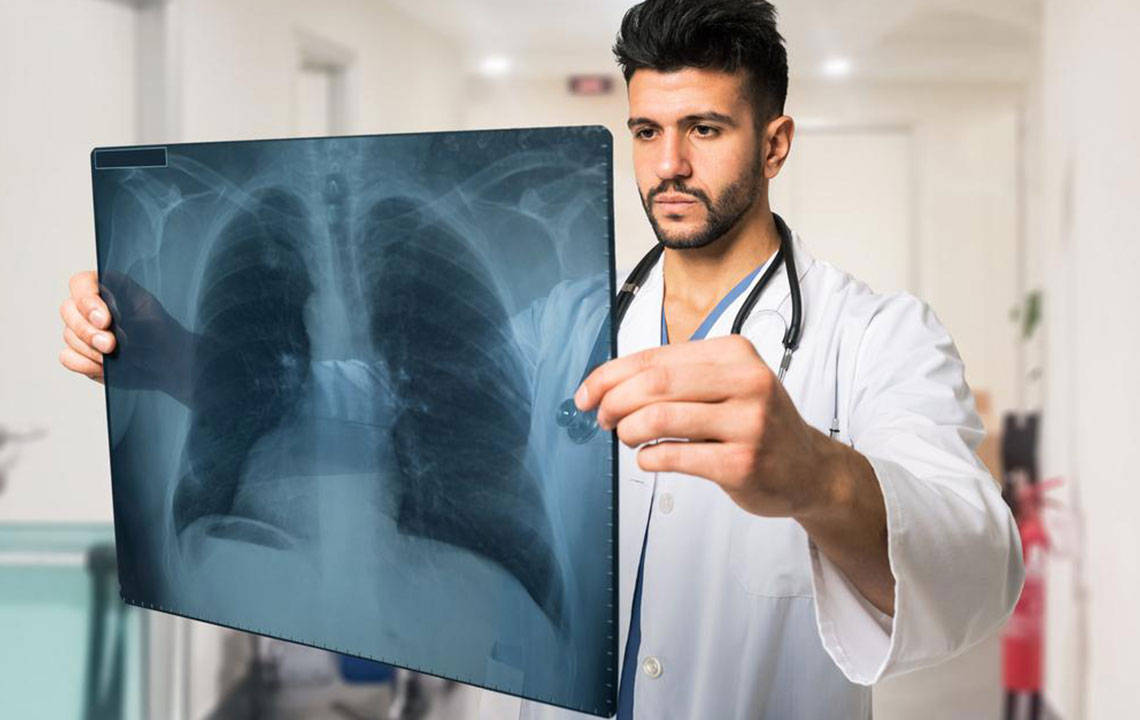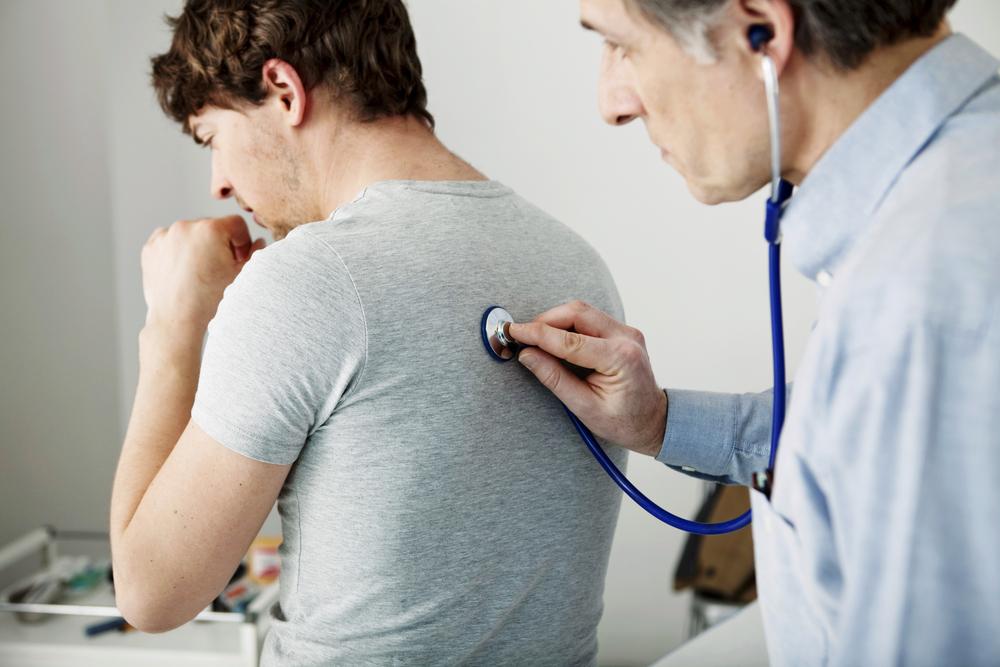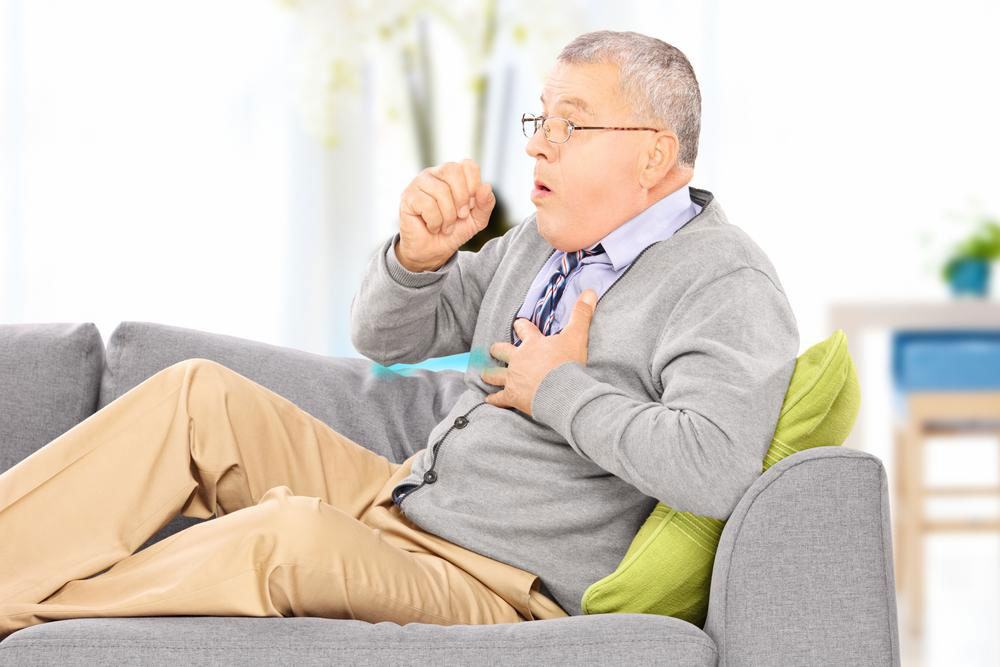Comprehensive Guide to Emphysema: Causes, Symptoms, and Prevention Strategies
Emphysema is a progressive lung disease mainly caused by long-term exposure to irritants like cigarette smoke and pollutants. It damages alveoli, reduces lung elasticity, and impairs oxygen exchange, leading to symptoms such as wheezing, cough, and shortness of breath. Early detection, avoidance of irritants, and appropriate treatment can help manage the disease and improve quality of life. This comprehensive guide covers the causes, symptoms, and prevention strategies for emphysema to raise awareness and promote lung health.

Emphysema is a chronic lung condition that primarily results from long-term exposure to harmful airborne substances. This progressive disease gradually damages the alveoli—the tiny air sacs in the lungs responsible for oxygen exchange—leading to breathing difficulties and decreased oxygen intake. Understanding its causes, symptoms, and preventive measures is essential for early detection and management.
Emphysema typically develops due to prolonged inhalation of irritants such as cigarette smoke, industrial fumes, and environmental pollutants. These substances trigger an inflammatory response in the respiratory system, causing the smooth muscles in the airways to become permanently constricted. Simultaneously, the mucus lining of the airways increases mucus production in an attempt to trap and clear the irritants. Over time, this chronic inflammation damages the delicate structures within the lungs, leading to a decline in lung function.
One of the hallmark features of emphysema is the destruction of alveolar walls, which results in reduced elasticity of the lungs. This loss of elasticity impairs the lungs’ ability to expel air effectively during exhalation, causing air trapping and hyperinflation. As a consequence, individuals experience shortness of breath, especially during physical activity or exertion. The damage to alveoli also diminishes the surface area available for gas exchange, leading to decreased oxygen levels in the bloodstream—a condition known as hypoxemia.
Common symptoms of emphysema include persistent wheezing, chest tightness, a chronic cough that produces sputum, and general fatigue. Patients often find themselves short of breath even when performing basic activities like walking or climbing stairs. As the disease progresses, symptoms tend to worsen, with some individuals experiencing frequent respiratory infections or exacerbations that further compromise lung function. In advanced stages, severe lung damage can lead to respiratory failure, significantly impairing quality of life and increasing mortality risk.
Preventive measures are critical in managing emphysema. Avoiding exposure to cigarette smoke remains the most effective way to reduce risk. Smokers are strongly encouraged to seek cessation support through counseling, nicotine replacement therapy, or medications. For those working in environments with industrial fumes or pollutants, using appropriate respiratory protective equipment is essential. Additionally, reducing exposure to environmental pollutants and maintaining good indoor air quality can help lower the risk of developing emphysema.
Early diagnosis is crucial for managing the disease effectively. Pulmonary function tests, imaging techniques such as chest X-rays or CT scans, and assessment of symptoms help healthcare providers determine the extent of lung damage. Although emphysema is incurable, treatments focus on alleviating symptoms, preventing complications, and improving lung function. This includes medications such as bronchodilators and corticosteroids, oxygen therapy in advanced cases, pulmonary rehabilitation programs, and lifestyle modifications.
In summary, emphysema is a serious respiratory disease caused mainly by chronic exposure to lung irritants. Recognizing its symptoms early and taking proactive steps to avoid lung-damaging substances is vital for preserving lung health. With appropriate medical care and lifestyle changes, individuals can better manage the condition, maintain their quality of life, and reduce the risk of severe complications.





